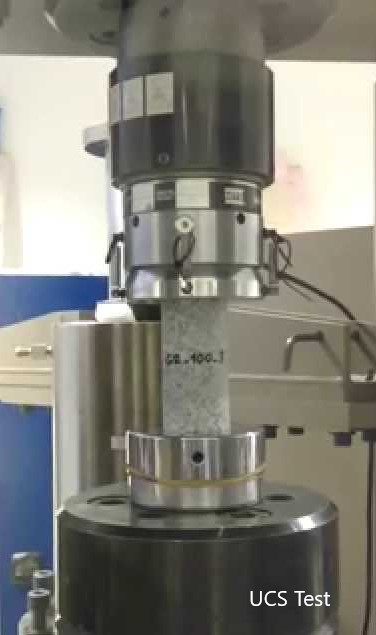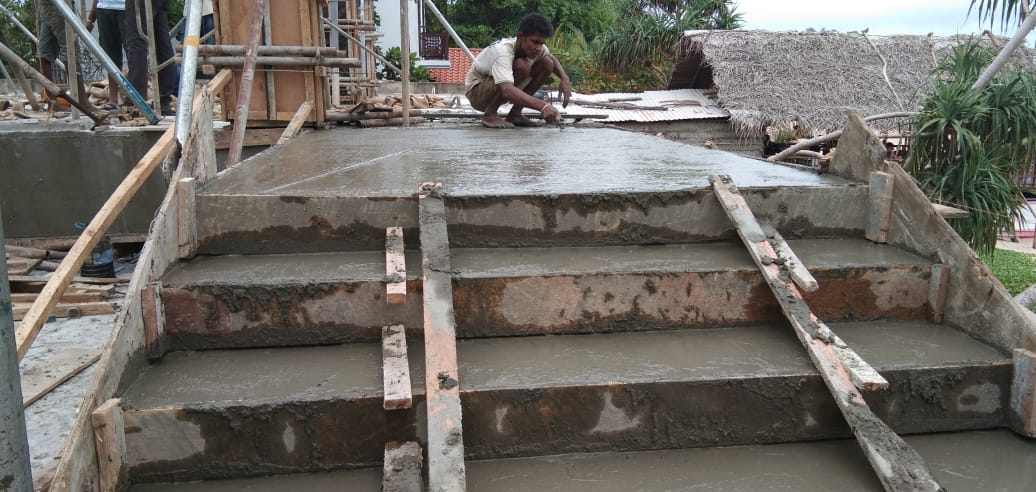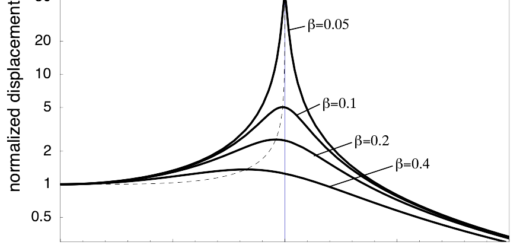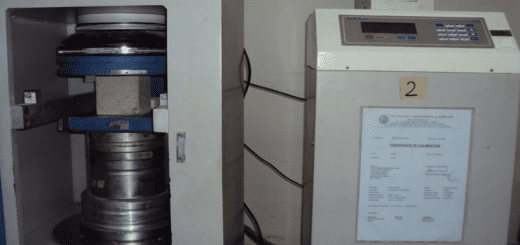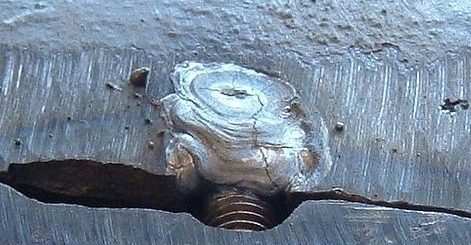Causes for Low Compressive Strength Concrete
There are numerous reasons for the low compressive strength of concrete. In this article, we are going to discuss the main reasons for the low compressive strength development of concrete.
The compressive strength of concrete is the most important aspect of concrete. If it is not developed adequately, there will be many issues with structural strength and durability.
Main Causes for Low Compressive Strength Concrete
The followings are the main factors affecting the compressive strength of the concrete.
- Water Cement Ratio
- Low Compaction of Concrete
- Issues with Concrete Mix Design
- Issues with Testing of Concrete
- Inadequate Curing of Concrete
- Calculation Errors
Let’s discuss each of the factors in detail.
Water Cement Ratio
The water-cement ratio is the ratio of the amount of water to the amount of cement used in a concrete mix. The water-cement ratio is an important factor in determining the strength and durability of concrete.
A lower water-cement ratio results in stronger, more durable concrete, while a higher water-cement ratio results in weaker, less durable concrete.
Therefore, we have to maintain an adequate water-cement ratio in the concrete mix. When we specify the concrete mix, selecting the concrete grade based on the strength requirements and durability aspects, etc. correct water-cement ratio shall be established.
Low Compaction of Concrete
Low compaction of the reduces the compressive strength considerably.
There are many reasons why concrete may not achieve full compaction. Some of the most common reasons include:
- Insufficient vibration:
Concrete must be properly vibrated to achieve full compaction. If the concrete is not vibrated properly, the voids will not be filled, and the concrete will not be fully compacted.
- Incorrect water-to-cement ratio:
If the water-to-cement ratio is too high, the concrete will be too wet and will not achieve full compaction. Further, increases in the water content and also will reduce the compressive strength of concrete.
- Use of improper aggregates:
If the wrong type of aggregate is used, it can result in a concrete mix that is difficult to compact.
- Poorly graded aggregates:
If the aggregates are not properly graded, it can also make it difficult to achieve full compaction.
If you are having trouble achieving full compaction of concrete, it is important to troubleshoot the problem so that you can find a solution.
Issues with Mix Design
Many factors can affect the compressive strength of concrete, including the mix design, water-to-cement ratio, and curing conditions.
Of these, the mix design is perhaps the most important. The mix design is a recipe that specifies the proportions of cement, aggregate, water, and other ingredients in the concrete. It is important to get the mixed design right because it can have a major impact on the strength of the finished product.
If the mix design is not correct, the concrete will be weaker, leading to structural strength issues and durability issues.
Therefore, it is important to evaluate the concrete mix designs before starting construction projects and to make sure the sources of material are not changing with time.
Inadequate Curing for Low Compressive Strength Concrete
One of the main problems with concrete is that it is often inadequately cured, which can lead to low compressive strength.
This is a serious problem because compressive strength is one of the most important properties of concrete. Poor curing can be caused by several factors, including insufficient water, excessive heat, and poor ventilation.
If concrete is not cured properly, it will be weaker and more susceptible to damage. That’s why it’s so important to ensure that concrete is cured correctly. There are several ways to do this, and the best method will vary depending on the specific situation.
However, in general, it is important to use enough water, maintain a consistent temperature, and ensure good curing of concrete to have the expected compressive strength of concrete and durability requirements.
Issue with the Testing of Concrete
Following incorrect testing procedures could lead to low-compressive strength concrete.
From the casting to the preparation of the sample for testing, all the necessary procedures shall be followed during the testing of concrete.
All the samples shall be cured until testing and the surface of the samples shall be prepared as per the particular standards of testing.
Calculation Errors Causing Low Compressive Strength Concrete
Though we do everything correctly, if we don’t do the calculation correctly, we will be ended up with the wrong answer.
Therefore, all the calculations shall be done correctly. Further, as required by the test or based on the testing method, necessary correction factors shall be applied.

